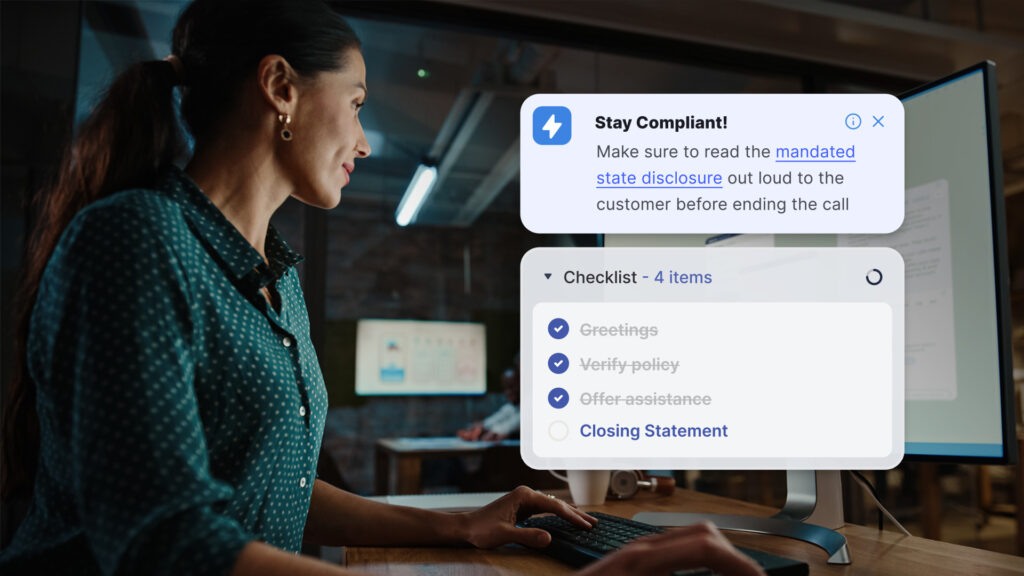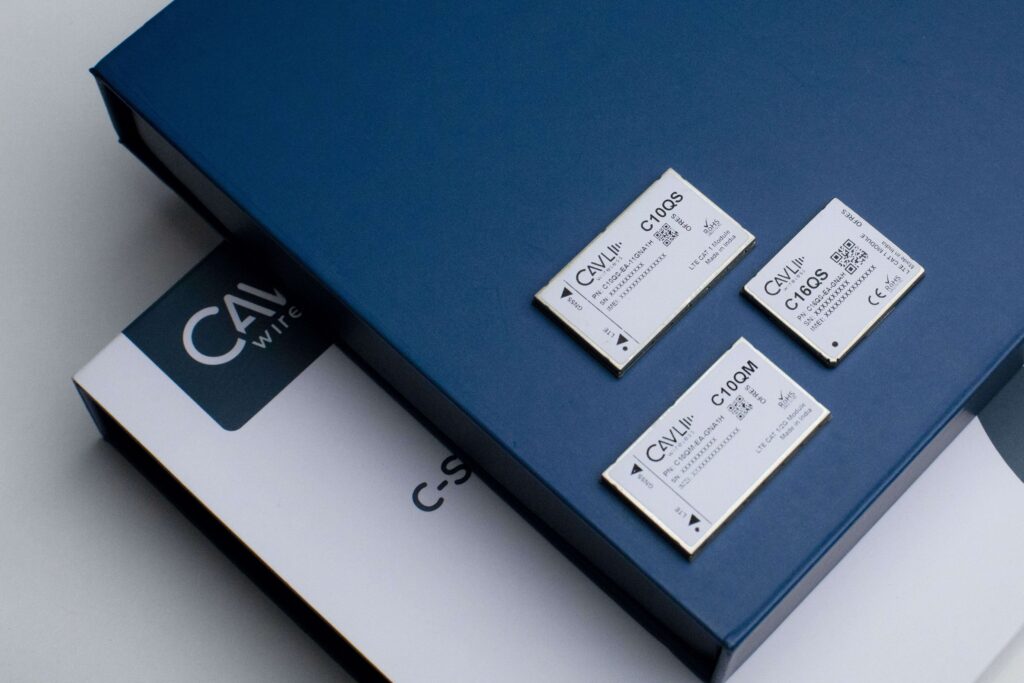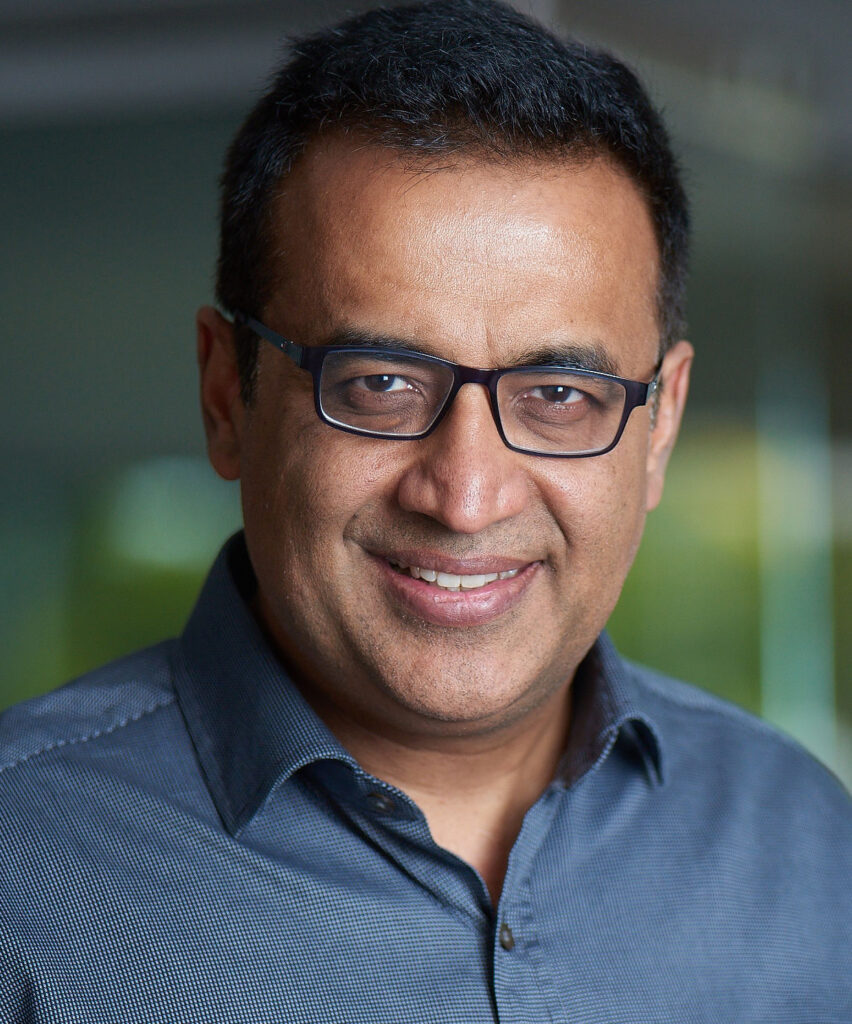
From a little experiment, albeit a highly useful one, in the early 1980s in Carnegie Mellon University – where researchers connected a Coke machine so they could check it remotely from their desks to see if there was a drink available, and if it was cold, before making the trip to purchase one – the value of connected devices for humans was never in doubt. Yet, the Internet of Things had always seemed to over-promise and under-deliver.
Impact of Smartphones
Things started to change with the advent of smartphones in 2007. Over the last 15 years we have seen unprecedented advancements in technology which continues to be unabated. We observe this to be true in the following areas, that we refer to as the Holy Triad:
- Miniaturization and proliferation of low power sensors and micro-controllers; Low power compute chips capable of sensor fusion and performing complex tasks such as AI inferencing.
- Obsessive focus on user experience has led to the emergence of a robust ecosystem of applications and developers who are continuously iterating to get the best out of the hardware.
- Growth of high-speed data networks. Speed of 3G, the state-of-art network in 2007 was 2 Mbps. The next decade saw 4G/LTE deliver peak speeds of ~1Gbps. Now with 5G, carriers promise to deliver 10Gbps.
What’s more, all these advancements have come at declining marginal cost to their producers! Major advancements in one part of the tech industry usually unleash waves of innovation in other parts. The promise of connecting all kinds of machines to a network or the internet had long remained a hard problem. It wasn’t until the smartphone era, thanks to the advancements the Holy Triad brought forth, that enabled devices such as – tablets, speakers, doorbells, thermostats, watches, refrigerators, TVs, etc., became truly connected devices. Outside of consumer electronics, industries such as manufacturing, automotive, process industries and many others have started to make their own connected Coke machines to improve productivity and lower costs.

The Cloud Era – Designing for Unmatched User Experience
There is a long queue of devices that want to be connected applications. To name a few:
- Scooters, Bikes and Cars
- Energy meters
- Lighting, HVAC systems
- Security cameras
- Parking meters
Most new units being manufactured currently (or very soon) will be born connected. What does this mean? At a minimum, a connected device enables data gathering for future product improvements. In others, manufacturers leverage the power of the Internet to deliver features that were previously not possible. For example, consider a car that requires tweaking of its suspension for improved riding comfort. Previously there was no way to solve this unless the car was taken to a service center and left there for a few days, which typically resulted in a significant cost to the owner. Today, cars are being designed with a completely different paradigm. Changing suspension settings can, at best be as easy as changing the wallpaper on your phone. In the worst case, the concerned subsystem of the car may require a software update via the Cloud through a process known as over-the-air (OTA) update. In any case, cars of the future will not be expected to make service center visits for such scenarios. Imagining and delivering such a previously unthinkable user experiences is possible today because of the Cloud. Companies that are thinking of their connected devices in this way by leveraging the Cloud are well positioned to outperform their competitors.
Smart Modules – The I in IoT
An important part of an IoT device that enables service providers to deliver a connected user experience is the cellular module. It’s usually a system-in-a-package (SIP) that makes any device connect to a cellular network. IoT projects that have struggled to move beyond the pilot stage due to challenges such as – SIM provisioning, device management, fault analysis etc.- that are holding back the adoption and scaling of IoT.
Today, we are pleased to announce our investment in Cavli Inc. – a cellular module company based out of the US with R&D and manufacturing in India that is building products for the rest of the world. Cavli not only addresses the previously mentioned challenges in designing, deploying, and managing IoT devices, but also enables device makers and solution providers to take advantage of the Cloud in their application architecture. What makes Cavli’s solution appealing is that they bring together all three building blocks – the modem hardware, connectivity, and cloud device management – so customers can design and deploy IoT products faster. With Cavli Hubble, the modem management cloud from Cavli Wireless, OEMs leveraging IoT, can now access powerful remote diagnostics, firmware and application management capabilities, giving them a greater level of flexibility and control over devices on the ground.
Gazing into the Future
Despite the tough macroeconomic conditions, Global cellular IoT module shipments are expected to grow by 19% YoY in 2023 according to Counterpoint Research. Looking ahead, the IoT era is just starting to take off. Current IoT adoption in most industries can be termed as par-for-the-course. The real potential for the IoT could be realized when more computing capabilities are added to enable devices to leverage Artificial Intelligence. No one knows for sure what our devices will look like in 10-15 years, but one can be nearly certain that they will evolve rapidly to deliver experiences that we can barely conceive of today. And for that, we must make every attempt to remove any friction in the adoption of connectivity and compute in edge devices. Qualcomm Ventures is committed to help enable this connected future at the edge and our investment in Cavli is an example of enabling innovative companies to deliver state-of-the-art technologies and solutions to their customers.
*Sources: https://www.counterpointresearch.com/global-cellular-iot-module-shipments-2022/



